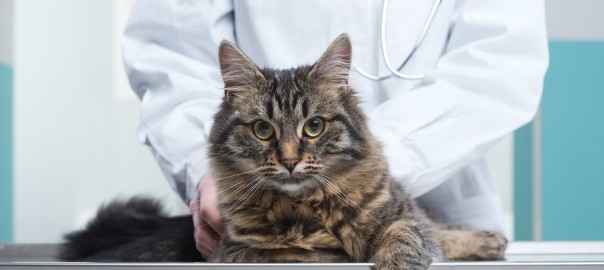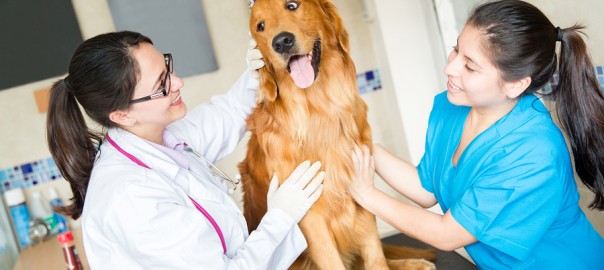Making sure we spend enough time with our pets can be hard, especially if we’re working long hours. My daughter, professional trainer Mikkel Becker, has some suggestions for a reader:
Q: I have a new job, and it’s requiring me to work a lot more hours. What are some ways that I can still spend quality time with my dog and help keep him from getting bored?
A: You are so right to realize that your dog needs more activity and interaction than just sleeping all day and a quick walk when you get home. Mental and physical stimulation are important to a pet’s well-being. Fortunately, there are lots of great ways you can enrich your dog’s environment and keep his brain and body active both when you’re home and when you’re away.
- Give him something to listen to. Leave on a classical music station to provide calming sounds. He might also enjoy the sounds and voices on a nature or travel channel.
- Put his brain cells to work with puzzle toys. Fill one with treats or even with his daily allotment of dry food so that he spends his day “hunting” for food.
- Use some of your time with him to teach some new tricks. Any dog can learn new things, not just puppies and young adults, and the activity is a good physical and mental workout. If you’re really ambitious, you can save yourself some time and effort in the long run by teaching him to pick up and put away his toys.
- Don’t rush through walks. Let him spend a few minutes here and there sniffing at whatever he finds interesting. You can check your email while he checks his pee-mail.
- Really “be” with your dog while you walk. If you’re wearing headphones, you’re not interacting. Talk to him — dogs love the sound of our voices — and watch his reaction to things as you walk. You’ll learn more about him, and you’ll be more aware of your surroundings and any approaching animals or people who could cause problems.
Read more, including memorializing lost pets, in this week’s Pet Connection.




